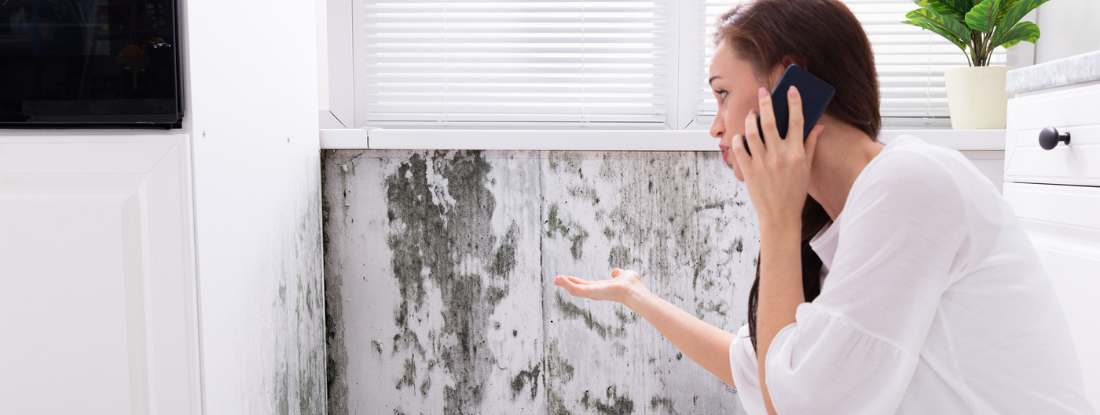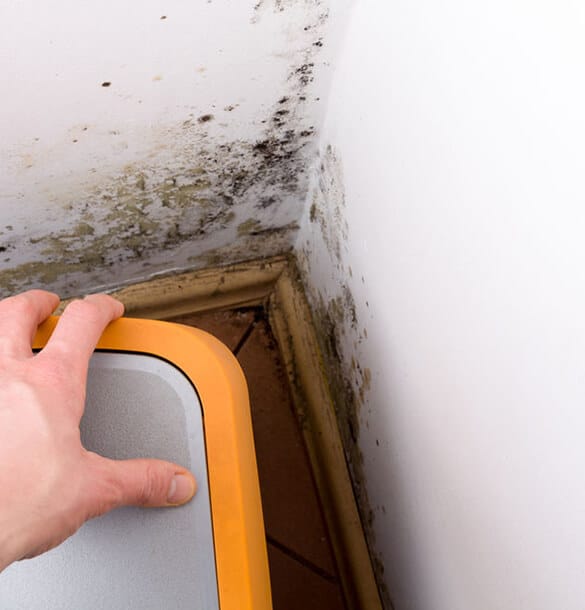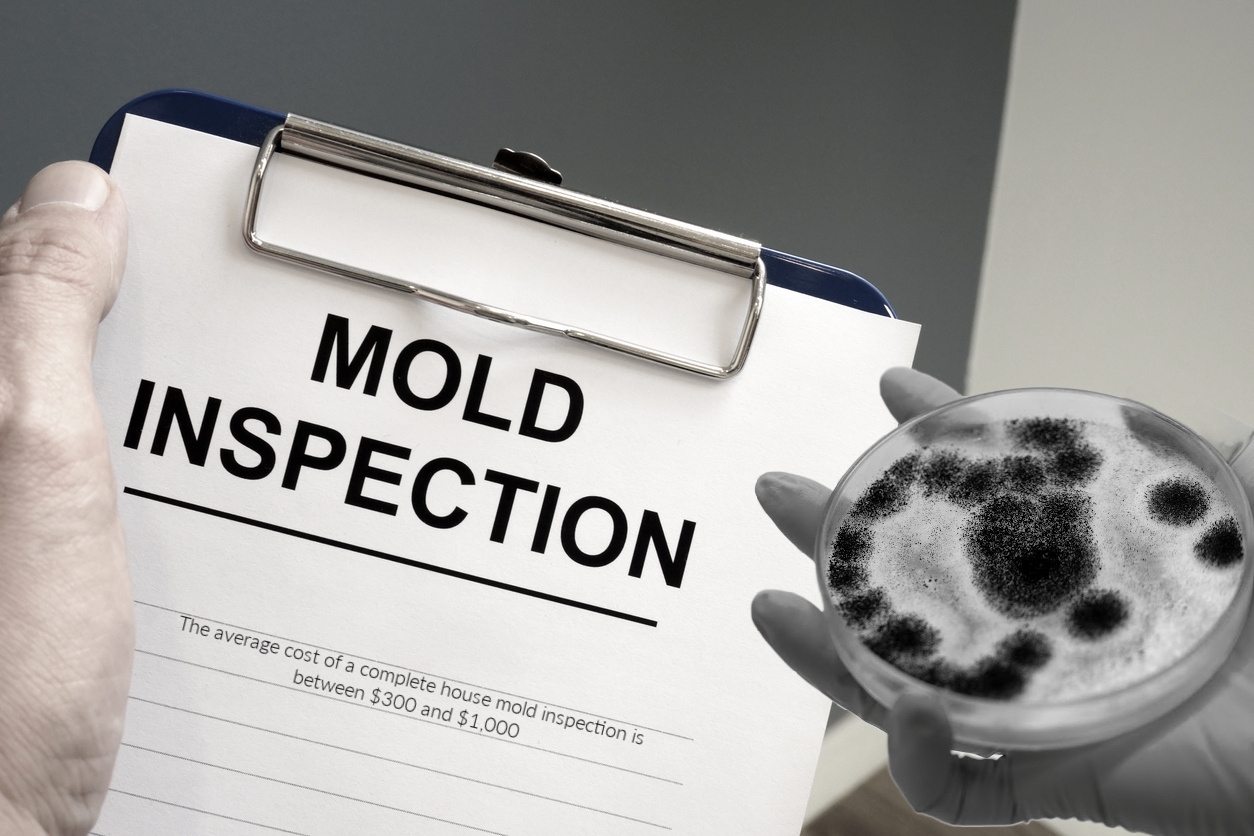Making Sure Post Remediation Verification Accuracy
Making Sure Post Remediation Verification Accuracy
Blog Article
Your Ultimate Guide to Article Mold And Mildew Remediation Strategies
Browsing the realm of post-mold removal strategies is a thorough procedure that requires interest to detail and a detailed understanding of the details included. In the aftermath of mold and mildew invasion, understanding exactly how to effectively remove the mold and prevent its reoccurrence is critical for maintaining a healthy interior setting. From picking the best cleaning and sanitizing techniques to carrying out techniques for lasting mold and mildew prevention, each action in the removal journey plays an important duty in guaranteeing a successful outcome. As we begin on this expedition of post-mold removal techniques, we will reveal the crucial approaches and ideal methods that can assist you restore your space to its pre-mold problem and secure it against future mold risks.
Recognizing Post-Mold Remediation Process
After finishing the mold and mildew remediation procedure, it is essential to comprehend the post-mold remediation methods that are needed to make certain a reliable and extensive clean-up. When the mold and mildew has been eliminated, the following action entails cleaning and sanitizing the influenced locations to prevent any type of regrowth of mold and mildew. This includes making use of specialized cleansing representatives to clean down surfaces and eliminate any type of remaining mold spores. It is vital to dry the location totally to discourage the development of mold and mildew in the future (Post Mold Remediation Report). Correct air flow and dehumidification can assist in this procedure.
In addition, carrying out a final assessment post-remediation is vital to make certain that all mold and mildew has actually been efficiently removed. If the inspection discloses any kind of lingering mold and mildew, extra remediation might be necessary.
Effective Cleansing and Sanitizing Methods

Stopping Future Mold And Mildew Development

Relevance of Correct Ventilation
Correct ventilation plays an essential duty in avoiding dampness buildup, an essential consider mold and mildew growth within look at here now interior atmospheres. Effective ventilation systems help remove excess moisture from the air, reducing the opportunities of mold spores discovering the moisture they need to spread out and sprout. Without ample ventilation, interior areas can come to be a breeding place for mold and mildew, resulting in potential health and wellness dangers and structural damages.
By making sure proper air blood circulation, ventilation systems can also assist in drying moist locations more quickly after water damages or flooding cases, better deterring mold and mildew development. testing air quality after mold remediation. In spaces like washrooms, cellars, kitchens, and attic rooms where dampness degrees tend to be higher, setting up and maintaining effective ventilation systems is critical in protecting against mold and mildew problems

Tracking and Maintenance Tips
Given the essential role that proper ventilation plays in avoiding mold development, it is imperative to establish efficient monitoring and maintenance ideas to ensure the continued functionality of air flow systems. Routine examinations of ventilation systems must be carried out to look for any kind of indicators of blockages, leaks, or breakdowns that can impede proper air movement. Tracking humidity levels within the home is also crucial, as high moisture can add to mold growth. Setting up a hygrometer can aid track humidity levels and alert homeowners to any kind of spikes that might call for interest. In addition, ensuring that air filters basics are regularly cleansed or replaced is crucial for maintaining the performance of the air flow system. Executing a routine for routine upkeep jobs, such as air duct cleansing and HVAC system inspections, can aid prevent issues before they intensify. By staying alert and proactive to the condition of air flow systems, homeowner can successfully minimize the risk of mold and mildew regrowth and preserve a healthy interior atmosphere.
Conclusion
Finally, post-mold removal strategies are important for guaranteeing a safe and tidy atmosphere. Recognizing the process, applying reliable cleansing and disinfecting approaches, stopping future mold and mildew development, keeping appropriate ventilation, and normal tracking are all vital actions in the removal procedure. By following these guidelines, you can efficiently remove mold and mildew and prevent its return, explanation promoting a healthy living or working area for all occupants.
In the aftermath of mold invasion, recognizing how to successfully eliminate the mold and stop its reoccurrence is critical for maintaining a healthy indoor environment. As soon as the mold has been eliminated, the following step entails cleansing and decontaminating the impacted locations to avoid any kind of regrowth of mold and mildew - testing air quality after mold remediation. After eliminating noticeable mold growth, it is crucial to cleanse all surfaces in the afflicted area to remove any continuing to be mold and mildew spores. To better enhance mold avoidance procedures, it is important to resolve underlying issues that at first led to mold and mildew advancement.Given the essential role that correct air flow plays in protecting against mold and mildew growth, it is vital to develop effective surveillance and maintenance ideas to ensure the continued functionality of ventilation systems
Report this page